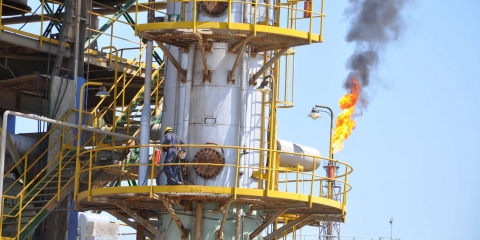Middle East: The factions behind the fight against Isis
Looking at a map of northern Iraq, it can easily appear as if the Isis forces holding the city of Mosul are vulnerable. To the west, militia are ready to advance. To the north, south and east, army and paramilitary troops are as close as 20km away. Yet even as these troops seem within touching […]Erika Solomon and Geoff Dyer write for Financial Times:
Looking at a map of northern Iraq, it can easily appear as if the Isis forces holding the city of Mosul are vulnerable. To the west, militia are ready to advance. To the north, south and east, army and paramilitary troops are as close as 20km away.
Yet even as these troops seem within touching distance, they are a long way from retaking Mosul. What the maps do not show are the bitter rivalries, political ambitions and regional power struggles behind the forces gathered around Iraq’s second-largest city, hindering what will be one of the most important campaigns in the war against the jihadis.
“If you think there is some grand plan for this — well, there is no plan,” says one Iraqi security official.
“Everyone has forgotten about Isis,” says one UN official in Iraq. “They are busy positioning themselves for the war after Isis instead.”





